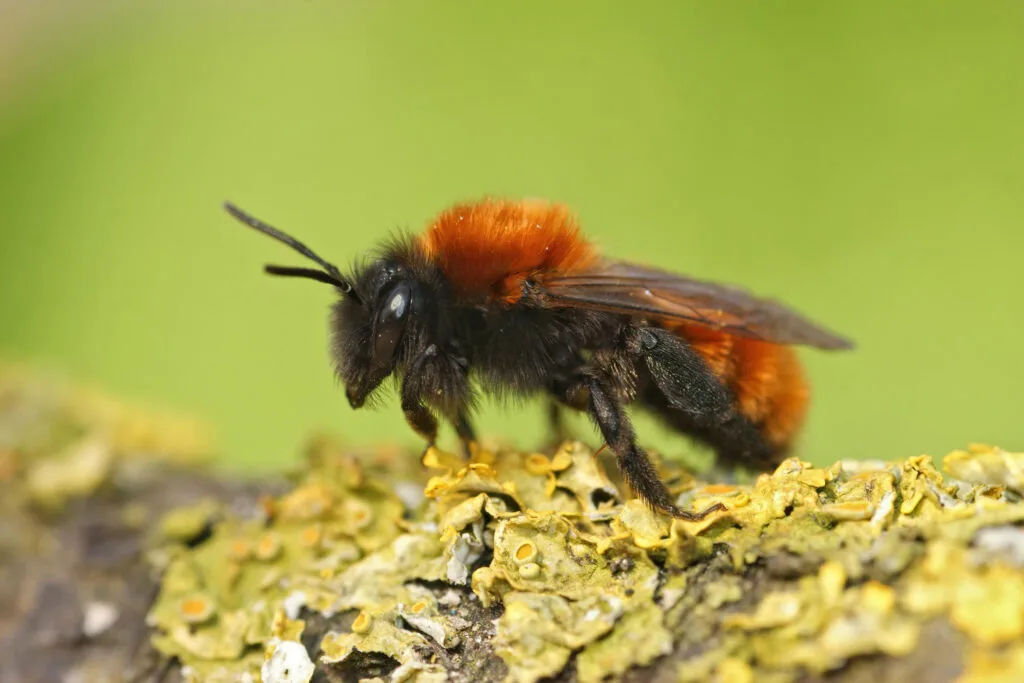Treats for dogs aren’t just a flavourful snacsk—they’re essential that help for training, bonding, and enhancing your dog’s well-being. When used tactfully, they can reinforce good conduct, help with training, and even improve dental hygiene.
To keep your dog healthy, treats should make up less than 10% of their daily calories and be considered into their overall diet. For oral care, dental chews with proven benefits can help reduce plaque and tartar buildup. Safety is important, so avoid treats with dangerous subsidiary like xylitol, and always choose the right size and texture for your dog’s breed and chewing habits.
With the pet industry bringing new and beneficial treats, you can now find options that support digestion, joint health, skin and coat care, and weight management. This guide will cover the trends, what ingredients to look for, frequent danger to avoid, and tips for choosing the best treats for dogs to keep tails twitch and health in check.
Table of Contents
ToggleWhat Makes a Good Dog Treat
Nutritional Value
Treats should support your dog’s dietary needs, not just taste good. Look for high-quality protein sources, essential vitamins, and low fat content. Natural additives like turmeric or glucosamine can also help with joint health and inflammation.
Ingredient Transparency
Avoid treats with vague terms like “meat by-product” or “animal digest.” Reputable brands clearly list real ingredients such as chicken, salmon, or sweet potato. Opt for options with no artificial flavours, colours, or preservatives.
Purpose-Specific
Dog treats now come in many forms: training treats, calming bites, dental sticks, or functional treats (e.g., for joints, coat, or digestion). Always choose treats tailored to your dog’s individual health goals.
Dog Size, Age & Breed Suitability
Small breeds benefit from soft, bite-sized options, while larger breeds may prefer longer-lasting chews. Puppies need soft, easily digestible treats, while seniors may need dental-supportive snacks
Fun Fact:
Top Trending Treats for Dogs
Pet wellness is a top trend this year, and that includes what goes into your dog’s treat bowl. These trending treats for dogs are not just popular—they’re also healthy and functional.
Freeze-Dried Raw Treats
Minimal processing and maximum nutrition. These treats retain their natural nutrients and are rich in protein. Popular options include chicken liver, beef heart, and salmon bites.
- Pros: Highly digestible, shelf-stable, ideal for raw feeders
- Best For: Dogs on a raw or high-protein diet
Dental Chews
Veterinarians often recommend dental chews to reduce plaque, tartar, and bad breath. Modern versions contain enzymes or probiotics to enhance oral care.
- Pros: Improves dental hygiene, available in all sizes
- Best For: Dogs needing daily dental maintenance
Jerky Treats
Made with dehydrated strips of real meat like chicken, beef, duck, or turkey. These are high-value, making them excellent for training and rewards.
- Pros: Intense flavour, long chew time
- Best For: Reward-based training
Calming Dog Treats
Perfect for anxious dogs, these contain calming agents such as CBD, melatonin, L-theanine, or chamomile.
- Pros: Non-drowsy relief for stress, travel, or fireworks
- Best For: Nervous, elderly, or rescue dogs
Vegan and Plant-Based Treats
Rising in popularity among eco-conscious pet owners, these treats use ingredients like pumpkin, chickpea, and banana.
- Pros: Hypoallergenic, grain-free, sustainable
- Best For: Dogs with protein allergies or on meat-free diets
Functional Treats for Specific Health Benefits
The newest treats for dogs offer more than flavour—they serve targeted health functions.
Joint Health Treats
Made with glucosamine, MSM, and chondroitin, these support ageing dogs and active breeds like Labradors and German Shepherds.
Skin & Coat Treats
Omega-3 and biotin-rich treats help reduce shedding and promote a shiny, soft coat.
Digestive Health Treats
Treats with pumpkin, probiotics, or fibre blends support gut balance and stool quality. These options allow you to reward your pet while addressing specific health concerns naturally.
Top Brands Leading the Treats for Dogs Market
Blue Buffalo
Their Wilderness Trail Treats and Bits are free of corn, wheat, and soy ideal for sensitive dogs.
Zuke’s
Loved for small-batch, soft treats perfect for repeated rewards during training.
Bocce’s Bakery
Baked in small batches with real ingredients like blueberries and peanut butter great for picky eaters.
Natural Balance
Known for their Limited Ingredient Diet line, which avoids common allergens.
The Honest Kitchen
Human-grade, dehydrated treats that appeal to health-conscious pet parents. Each brand stands out for its commitment to quality, sustainability, and pet safety.
What to Avoid in Dog Treats
Not every treat on the shelf is safe. Here’s what to watch out for:
- Chemical preservatives: BHA, BHT, ethoxyquin
- Sugars & syrups: Can lead to obesity, diabetes, or hyperactivity
- Artificial dyes: Unnecessary for pets and possibly harmful
- Greasy texture: Often a sign of unhealthy fat or poor-quality meat
Also avoid treats from unknown origins or unregulated facilities. Always choose brands with transparent manufacturing processes.
Homemade Treats for Dogs – Safe and Simple Recipes
Creating treats for dogs at home is budget-friendly and gives you complete control over ingredients.
Peanut Butter & Oat Biscuits
- 1 cup oats, 1 banana, 1 egg, 2 tbsp natural peanut butter (xylitol-free)
- Mix and bake at 180°C for 15–18 minutes
Chicken & Pumpkin Patties
- Cooked shredded chicken, 1/2 cup pure pumpkin, and 1 egg
- Mix, form small patties, and bake at 175°C for 20 mins
Frozen Blueberry Yogurt Cubes
- Plain Greek yogurt and fresh blueberries
- Blend and freeze in silicone moulds
Homemade treats should be stored in the fridge or freezer and used within 5–7 days.
Vet Tips for Giving Treats to Dogs
- Follow the 10% rule: Treats should not exceed 10% of daily caloric intake
- Balance nutrients: Treats must complement a complete diet
- Mind allergies: Introduce new treats slowly to watch for reactions
- Training vs. spoiling: Use low-calorie training treats to prevent weight gain
Your vet can help tailor treat suggestions based on breed, health, or dietary restrictions.
Choosing Treats by Purpose
Purpose
Best Type of Treat
Training
Small, low-calorie, chewy treats
Dental Health
Textured dental sticks or chews
Anxiety Relief
Calming CBD or chamomile-infused treats
Weight Control
Low-fat, high-fibre options
Allergy Support
Limited ingredient or grain-free
Where to Buy the Best Treats for Dogs
Trusted Online Stores
- Amazon UK
- Pets at Home
- Zooplus
- Jollyes
- PetPlanet
In-Store Retailers
- Local independent pet shops
- Farm shops and holistic stores (for organic options)
- Vets and groomers often sell vet-approved treats
Buying from reputable sources ensures freshness, proper storage, and quality.
1. How often can I give my dog treats?
Ideally, treats should be given 2–3 times a day in small portions, within the 10% calorie guideline.
2. Can I give the same treat daily?
Yes, but rotating flavours and brands prevents boredom and broadens nutrition.
3. Are human snacks okay for dogs?
Some plain items like carrots or apples are fine in moderation. Always avoid chocolate, grapes, onions, and anything spiced or salty.
4. What are high-value training treats?
Small, soft, and smelly treats like liver bites, cheese cubes, or turkey jerky pieces are most effective.
5. What’s the best treat for senior dogs?
Choose soft, easily chewable treats with joint support ingredients like glucosamine or turmeric.
Conclusion
With so many choices on the market, it’s important to evaluate the best treats for dogs based on your pet’s age, size, preferences, and health goals. Treats should be more than indulgent—they should serve a purpose, whether it’s training, promoting dental health, or supporting wellness.
Don’t settle for treats that merely fill the cupboard. Choose options that make your dog excited, support their vitality, and align with your ethical and nutritional standards.
By following this complete guide, you’ll not only satisfy your furry friend’s cravings but also contribute to their long, happy, and healthy life.







